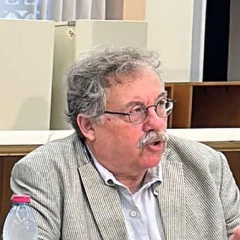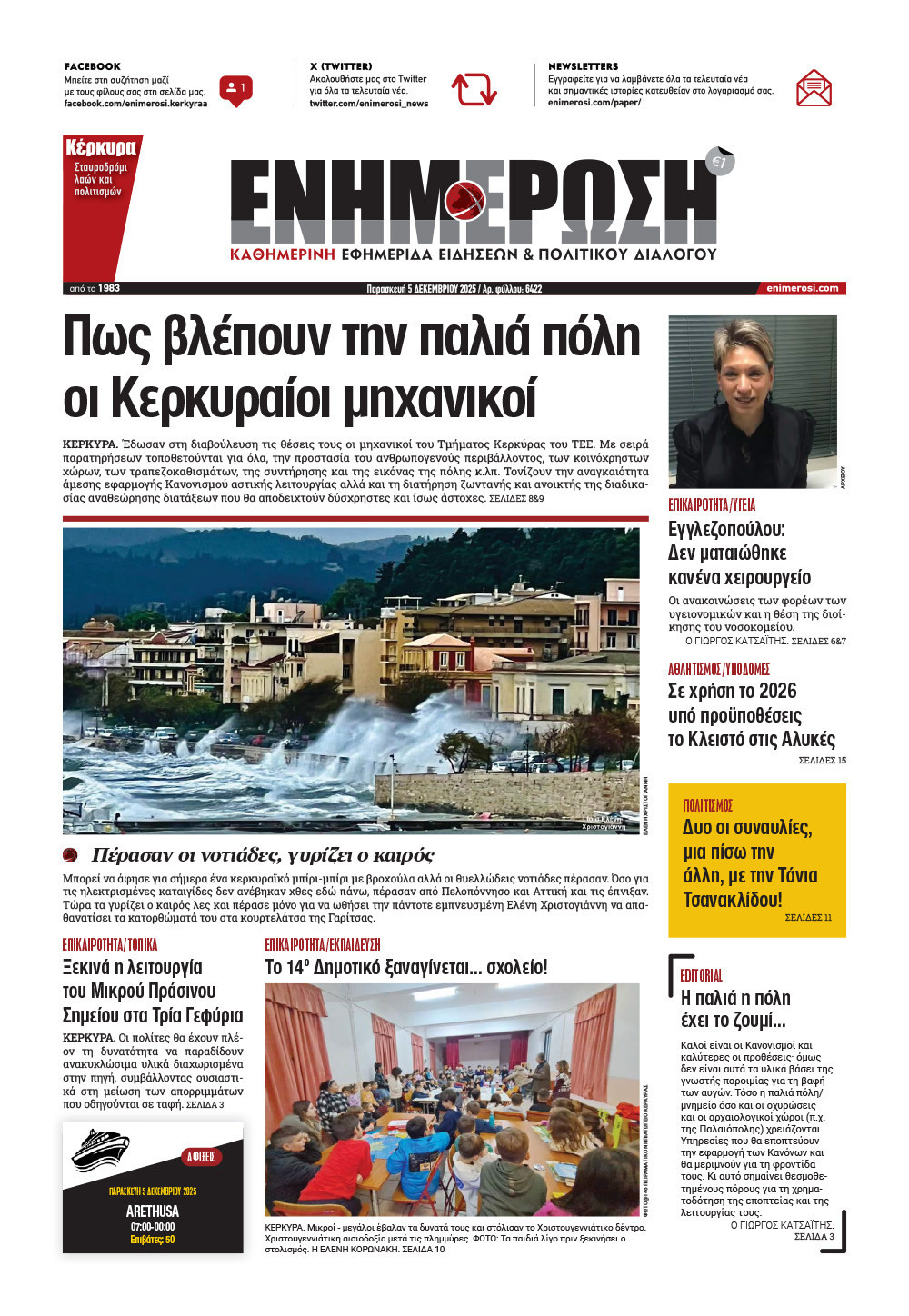Desyllas factory should finally become property of the State (the Central Corfu Municipality)
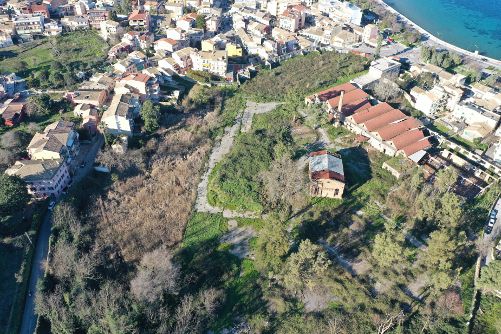
When two ministers of culture say that this industrial complex has been listed for its uniqueness, among other things, it is inconceivable for the Ministry of Culture to not do anything for its preservation.
Not even a line will be changed on what Enimerosi wrote in 2009 about the value of the Desyllas factory. The site that hides archaeological treasures of classical times, hosts on its surface a unique monument of industrial history and is a place where the working class of Corfu during the so-called by E. Hobsbawm "age of capital", must become property of the Greek State.
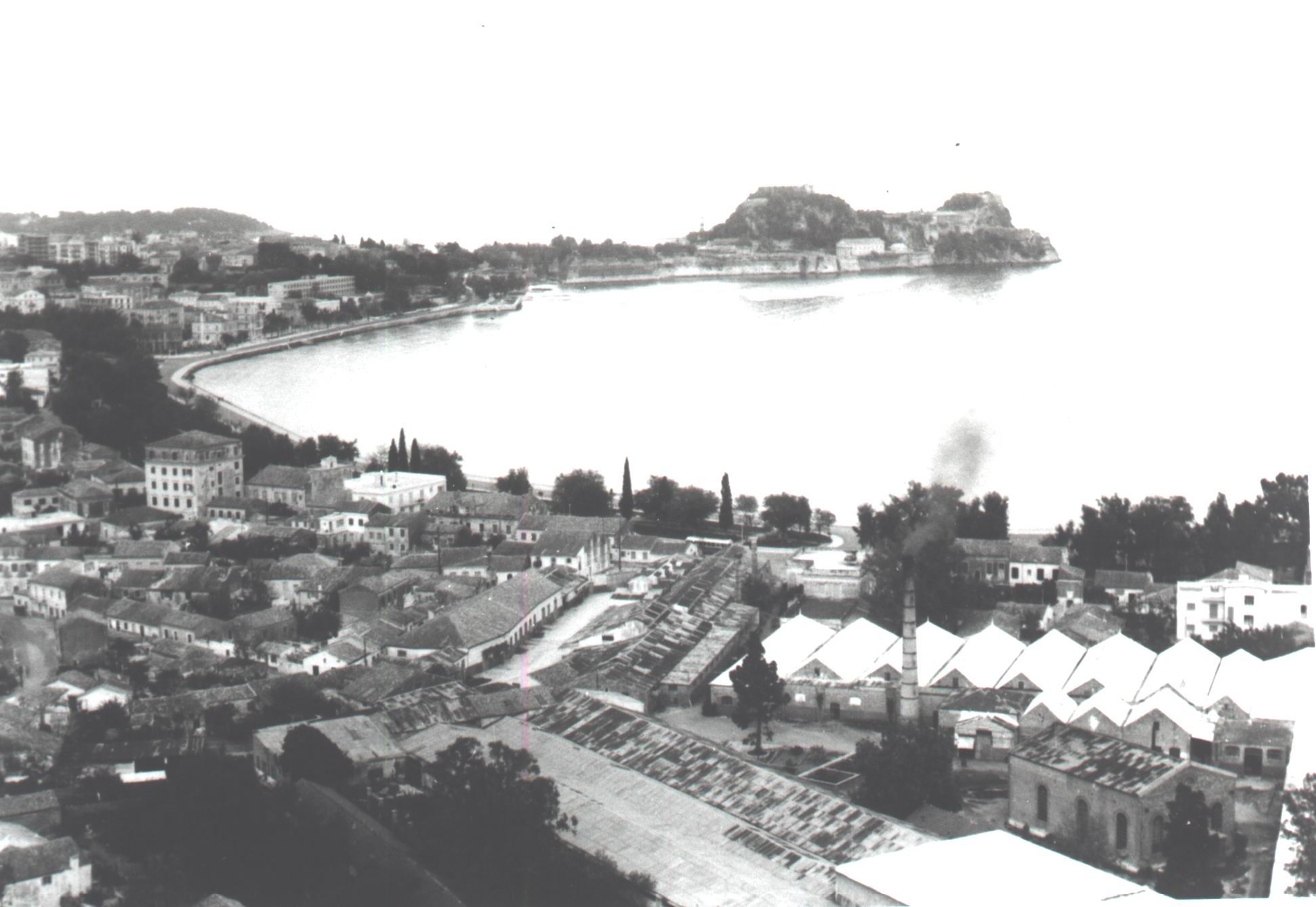
The factory in operation during the interwar period. The comparison of the two photos is crucial.
First of all, because the archaeological law which provides for the obligation to impose the cost of excavation to anyone who wanted to build on a site where there is suspicion for existence of archaeological treasures, cannot possibly apply in this case. And thatt's because it is not just suspicion but rather certainty proven by experts in Greek Archaeology.
Thus, this obligation of the State cannot be satisfied in the long run as a... misunderstanding with the contractors in order to maintain the oxymoron, i.e. to carry out the excavation without wanting deep down to discover something that would draw them away from their intention and cancel their investment!
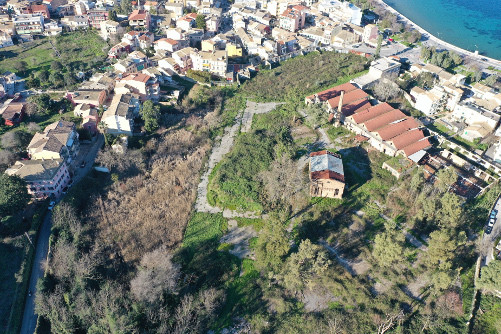
A drone photo of the former factory in January 2021.
And then, when two ministers of culture said that this industrial complex has been listed for its uniqueness, among other things, it is inconceivable for the Ministry of Culture to not do anything now for its preservation. It is almost obvious that this combination of the site's qualities inevitably leads to the necessity for the site's ownership to be passed from "Desyllas SA" to the State.
Such a development would also complete the expropriation of the Kokotos estate further south, and it would also complete the actions that begun with the liberation of the central Paleopolis, perhaps with the unification of the archaeological sites, where Corfu of the classical period has been proven to have existed.
Needless to say, apart from the necessity, such a public investment also has a great value for the area and the town as a whole. Besides, this perspective is also described in the text supporting the inclusion of Corfu in the UNESCO World Heritage List.
GIORGOS KATSAITIS
ΓΙΩΡΓΟΣ ΚΑΤΣΑΙΤΗΣ



